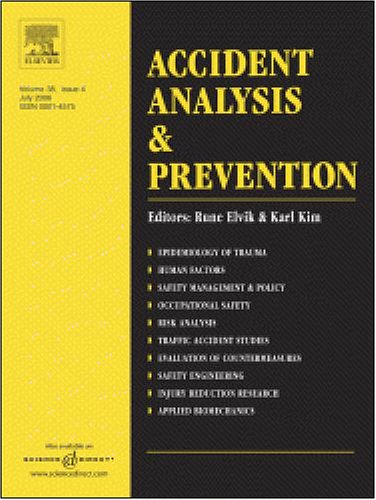
Modeling road safety development can provide important insight into policies for the reduction of traffic fatalities. In order to achieve this goal, both the quantifiable impact of specific parameters, as well as the underlying trends that cannot always be measured or observed, need to be considered. One of the key relationships in road safety links fatalities with risk and exposure, where exposure reflects the amount of travel, which in turn translates to how much travelers are exposed to risk. In general two economic variables: GDP and unemployment rate are selected to analyse the statistical relationships with some indicators of road accident fatality risk.
The objective of this research is to provide an overview of relevant literature on the topic and outline some recent developments in macro-panel data analysis that have resulted in ongoing research that has the potential to improve our ability to forecast traffic fatality trends, especially under turbulent financial situations. For this analysis, time series of the number of fatalities and GDP in 30 European countries for a period of 38 years (1975–2012) are used. This process relies on estimating long-term models (as captured by long term time-series models, which model each country separately). Based on these developments, utilizing state-of-the-art modelling and analysis techniques such as the Common Correlated Effects Mean Group estimator (Pesaran), the long-term elasticity mean value equals 0.63, and is significantly different from zero for 10 countries only. When we take away the countries, where the number of fatalities is stationary, the average elasticity takes a higher value of nearly 1. This shows the strong sensitivity of the estimate of the average elasticity over a panel of European countries and underlines the necessity to be aware of the underlying nature of the time series, to get a suitable regression model.
| ID | pj112 |
| Manuscript | |
| DOI | |
| Tags |













